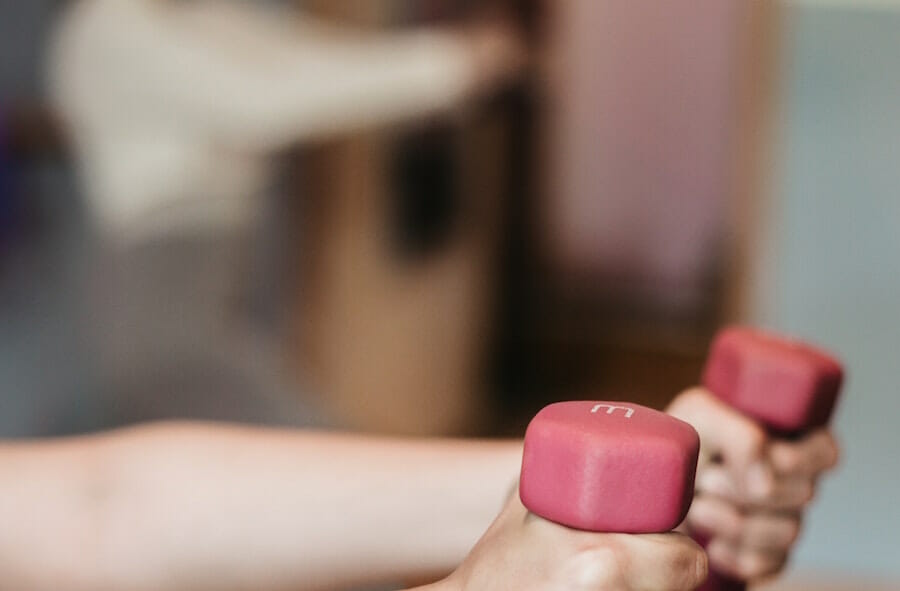
It’s been about 8 months since COVID-19 made landfall on Canadian soil. With nearly 90 percent of Canada’s cases having already been cleared of the virus, information has come to light regarding the road to recovery. One field of health care that is proving to be crucial to recuperation is physiotherapy. Here’s what is known so far.
How Physiotherapy is Being Used to Help COVID 19 Patients Recover
Employed to Mobilize and Rehabilitate Patients Who Were in Critical Care
Physiotherapy has been helpful for patients recovering from being in intensive care, including those who have undergone a medically induced coma before being placed on a ventilator (more on this below).
Being immobilized for an extended period (even a week) has left many hospitalized patients feeling fragile. In fact, data shows that patients may lose up to 20% of their muscle mass within the first seven days of being in ICU. This is compounded by the fact that extreme fatigue is one of the primary symptoms of COVID-19.
As a part of multidisciplinary teams, physiotherapists are working with patients and prescribing rehabilitation and mobilization movements and exercises to help them get up and in-motion. These carefully guided activities range from sitting up and walking to more intensive forms of stretching and core strengthening exercise. The level of intensity depends upon the capabilities of patients and their respective stages of recovery. Physiotherapist involvement is therefore critical to expediting discharge from ICU, and to get patients out of the hospital and back with their loved ones as swiftly as possible.
Employed to Improve Lung Function
Ventilators are used to support COVID-19 patients who have experienced respiratory failure. Some patients require proning, a position where which they are turned on to their stomachs. However, patients in a prone position have an increased risk of endotracheal tube obstruction and compromised mucociliary function. This is further aggravated when patients have reduced muscle strength to help with mucus clearance. Studies find that physical therapy to preserve muscle function have proven to be a safe and practical method to mitigate this concern. In addition, the same reports state that physiotherapist guided breathing techniques can assist in diaphragmatic training. Diaphragmatic training may effectively strengthen expiratory muscles, preventing partial or complete collapsing of the lungs.
Note: Physiotherapy is also employed to treat peripheral nerve injuries that may be sustained from prone positioning.
Assists With the General Fatigue Experienced During Recovery
Some people who have experienced no cold or flu-like symptoms do complain of about weakness and a compromised ability to move their arms and legs in a typical (to them) fashion. This is indeed another symptom of COVID-19. In such cases physiotherapy movements and exercises can also be applied to assist with recovery.
Science does not yet fully comprehend the long-term health impacts from the coronavirus. But given what experts have seen so far, treatment and therapy to improve upon muscle weakness and fatigue will continue to be an integral part of the recovery process for impacted individuals. All things equal, the sooner physiotherapy is introduced, the quicker patients will see an improvement in strength and mobility.
We look forward to the day when physiotherapy is NOT needed to address this particular health concern. Until then, our field of alternative health care is here and determined to do its part.
